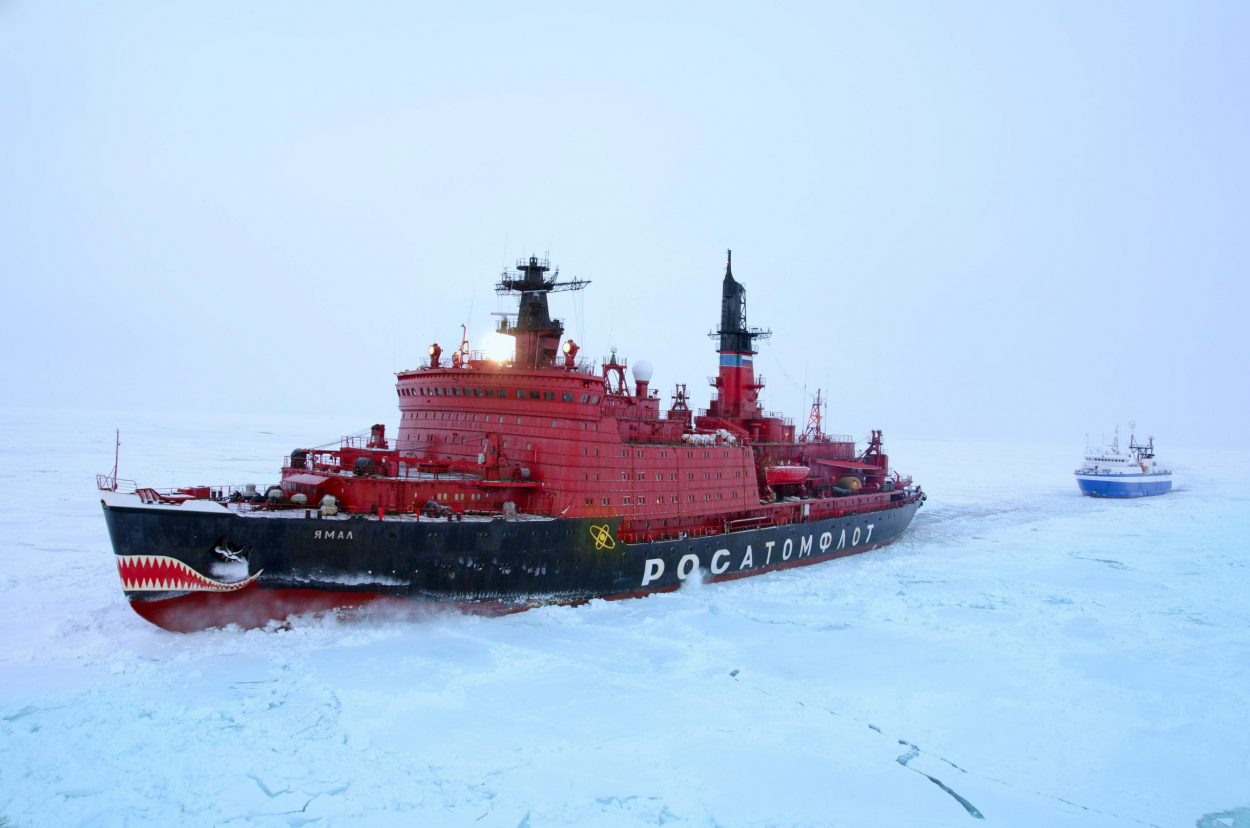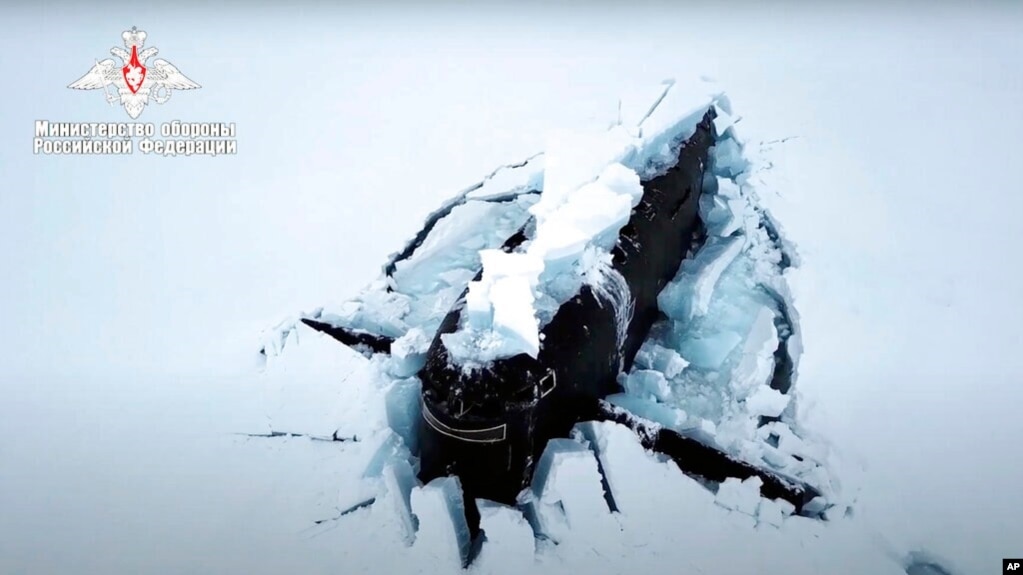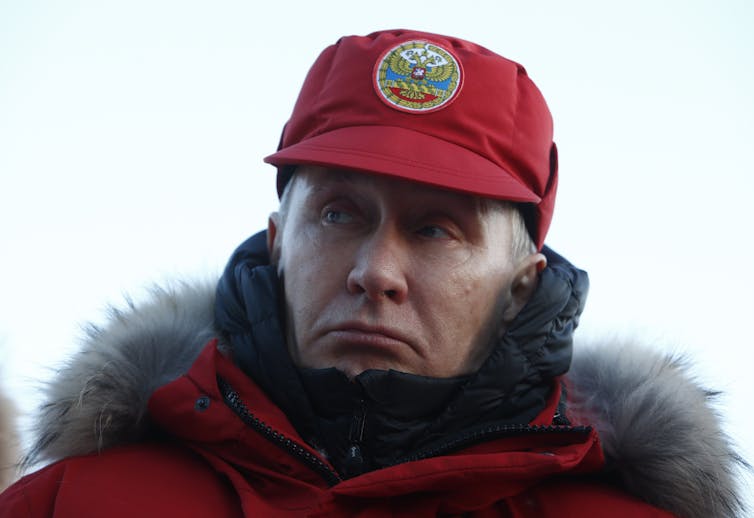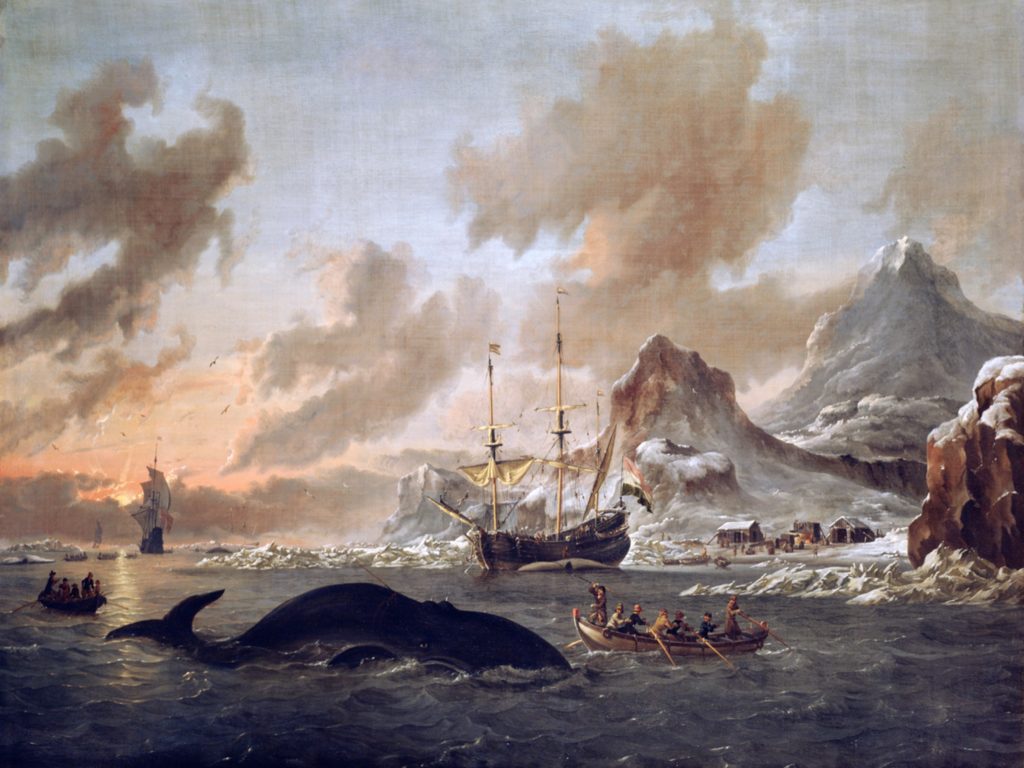A top Russian official has expressed concern over non-Arctic NATO member states being involved in military activities in the Arctic and warned of unintentional clashes with NATO forces in the region, reported the state-owned TASS agency.
“The internationalization of the Alliance’s military activities in high latitudes, which involves non-Arctic NATO states, cannot but cause concern. In this regard, there are risks of unintentional incidents that, in addition to security risks, can also cause serious damage to the fragile Arctic ecosystem,” Nikolai Korchunov, Ambassador-at-Large of the Russian Foreign Ministry, Chairman of the Committee of Senior Officials of the Arctic Council told TASS.
The Arctic Council is an important intergovernmental forum where nations that hold sovereign territory in the Arctic discuss regional issues. The council has 8 members which include Russia, the US, Canada, Iceland, Finland, Norway, Denmark, and Sweden, though other nations have observer status and some indigenous communities have participation status.
Currently, Russia has the chairmanship of the council but following its aggression in Ukraine, the other seven members have refused to attend the council meetings. Meanwhile, Russia is concerned about the increased military activity of NATO in the Arctic.
Currently, 5 of the 8 member countries of the Arctic Council – the US, Denmark, Iceland, Norway, and Canada – are also members of NATO although Iceland technically lacks an official army.
In March, NATO forces held its large-scale biannual “Cold Response” exercise in Norway which took place very close to the Russian border and saw the participation of about 30, 000 soldiers from 27 countries.
“The recent increased activity of NATO in the Arctic is a matter of concern. Recently, another large-scale military exercise of the alliance took place in the north of Norway, which, in our opinion, does not contribute to ensuring security in the region,” Korchunov said.
Sweden and Finland also took part in these military drills and on top of that both these countries, the only Arctic Council members aside from Russia that is not part of NATO have expressed interest in joining the alliance against the backdrop of the Russian invasion of Ukraine.

“Certainly, the expansion of NATO at the expense of traditionally non-bloc countries will not contribute to security and mutual trust in the Arctic, which Russia consistently advocates,” Korchunov said while commenting on the possible entry of Sweden and Finland into the alliance.
The scenario for the NATO military exercise in the Arctic circle has been similar for years now: Norway is attacked by a fictional country, triggering the alliance’s collective defense clause and leading to troops from the United States and more than a dozen partners coming to the defense of the country.
Relations between Norway and Russia, which share an Arctic border, gradually improved in the post-Cold War era however, Moscow’s annexation of Crimea in 2014 spurred tensions on both sides of the border and more frequent military maneuvers.
Norway occupies a strategic position in Europe as NATO’s northernmost flank, with a shared land and maritime border with Russia, thereby bearing the responsibility for a maritime domain (territorial waters and exclusive economic zones) that is nearly the size of the Mediterranean.
In addition to that Norway also exercises sovereignty over the Svalbard islands located far into the Arctic, away from the mainland.
These factors have made Norway increasingly concerned about perceived assertiveness by Russia in Europe and the possibility of Moscow permanently altering the European security order in its favor through intimidation or the use of force.
In particular, it is concerned about Russia’s continued modernization of its northern fleet based in Murmansk and increasing military activity in the High North, an area believed to be rich in natural resources and where the ice melt has opened up new shipping routes.

As melting sea ice will make it easier for ships to travel the Arctic Ocean, it will lead to an increase in the number of large, mainly cargo, ships, traversing the ocean, plus it will also allow for easier access to the seabed, making it easier to survey and extract resources from the bottom of the ocean.
This will create security issues for the Arctic States, as they will have to regulate increased traffic through their territory, and may come into conflict with one another over territorial claims especially the ones including valuable resources.
In 2020, then Supreme Allied Commander of NATO, Admiral James G Stavridis warned that global warming and a race for resources could lead to conflict in the Arctic.
“For now, the disputes in the north have been dealt with peacefully, but climate change could alter the equilibrium over the coming years in the race of temptation for exploitation of more readily accessible natural resources,” said Stavridis.
In recent years, warmer summer months have made the area more navigable, too. For example, in 2013, instead of using the traditional Panama Canal route, the Nordic Orion, a commercial ship, cut its journey from Vancouver to the Finnish port of Pari by about 1,850km by crossing the Arctic.
Also in 2017, the Russian oil tanker, Christophe de Margerie, traveled from Norway to South Korea without the help of an icebreaker.
The Royal Institute of International Affairs estimates the region could contain up to 90 billion barrels of oil. According to the US Geological Survey, a fifth of the world’s natural gas lies untouched beneath the Arctic ice sheet. The area is also rich in precious metals.
According to a report in late 2021 by Reclaim Finance, an NGO dedicated to issues linking finance with social and climate justice, there are currently 599 oil and gas fields under production, under field evaluation or development, or at the discovery stage within the Arctic region as defined by the Arctic Monitoring and Assessment Programme (AMAP), one of the Arctic Council’s workings groups.
There are at least 24 companies, identified by this NGO, with short-term oil and gas plans in the Arctic AMAP area and 20 of them account for 99.3% of the new oil and gas fields’ reserves in this region.
Gazprom, the biggest Russian energy company, with 74% of its reserves based there is number one on the list which also includes, the American ConocoPhillips, French TotalEnergies, Norwegian Equinor, and Anglo-Dutch Shell.
In March 2017, President Putin made a visit to an area in the Arctic archipelago where he reportedly declared, “Natural resources, which are of paramount importance for the Russian economy, are concentrated in this region.”

The seas off the coast of Svalbard and Jan Mayen islands that are governed by Norway were once a subject of fierce competition between 17th Century European powers for Bowhead Whales that reside almost exclusively in the Arctic and have been traditionally hunted by commercial whalers until the last century for oil, meat, and baleen.
England’s Muscovy Company and its rival Dutch Northern Company deployed heavily armed escorts to keep the whalers from the other side out of Svalbard’s bays. Climate change did coincide with competition and conflict between these companies in the seventeenth-century Arctic.
The volcanic eruptions in the seventeenth century temporarily shrouded much of the Earth in veils of sunlight-scattering dust. In the face of such “forcing,” the Arctic cooled in the early seventeenth century, warmed briefly, and then cooled even more than it had before.
In the cold years, sea ice typically lingered deep into the summer in bays along Svalbard and Jan Mayen, and when that happened neither whales nor whalers could enter those bays, leaving only a few of Svalbard’s many bays entirely free of ice.
So, the whales would all gather in these few ice-free bays becoming easy pickings for careful whalers but perhaps the limited pool of merchandise led the Dutch and English whalers to cooperate rather than fight, as a clash would have been so costly in blood and treasure that the year’s profits would be entirely wiped out.

However, in warm years with little sea ice to stop them, whaling fleets scattered into many different bays, and soldiers aboard English warships decided to hunt down isolated and therefore vulnerable whaling ships owned by rival companies and countries.
They would first warn them to leave Svalbard and the whalers would simply sail to the next available bay but if they were spotted again by English soldiers, fighting usually broke out.
So basically, warm years were violent years which is what is expected for the Arctic of the future.
Today, Russia is known to have more security forces in the Arctic than any other state, due to its desire to protect the Arctic as a strategic resource base and this predominance of force in the region means Moscow will have a large role to play in both the regulation of Arctic shipping and any potential conflict.
- Written by Tanmay Kadam/EurAsian Times Desk
- Contact the author at etdesk@eurasiantimes.com
- Follow EurAsian Times on Google News




